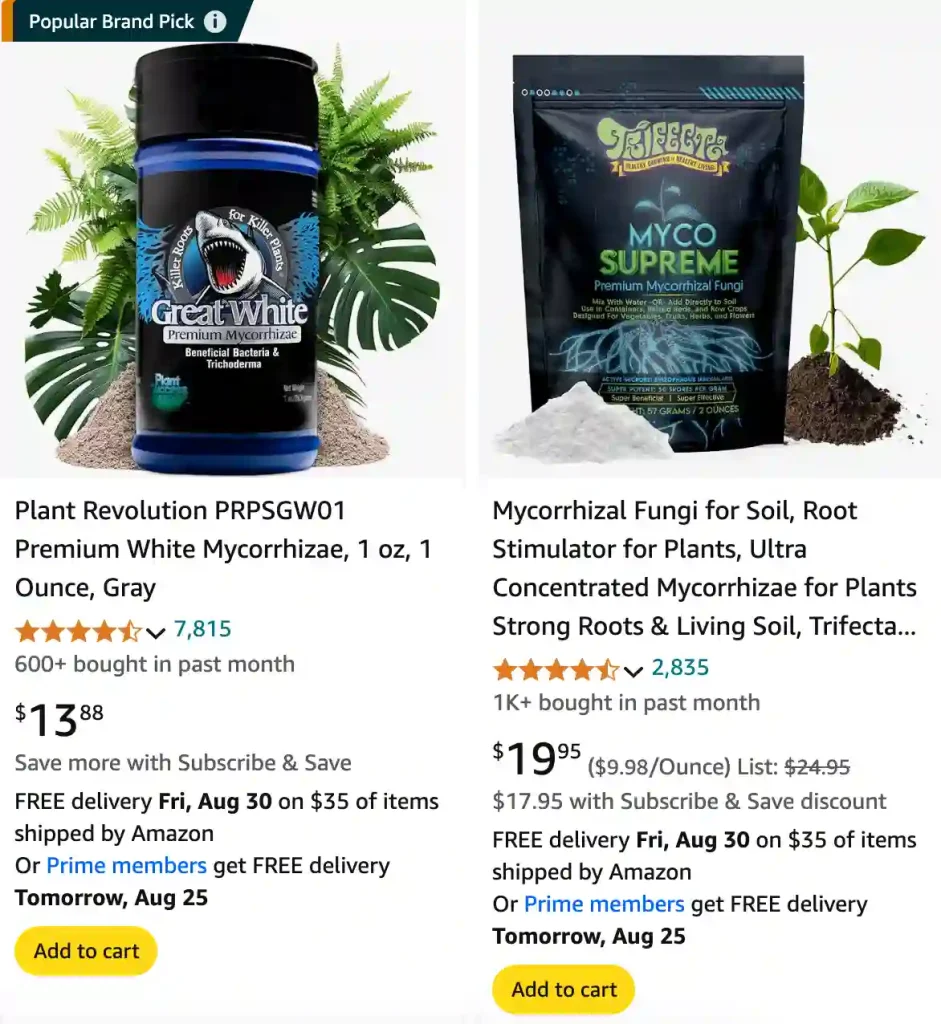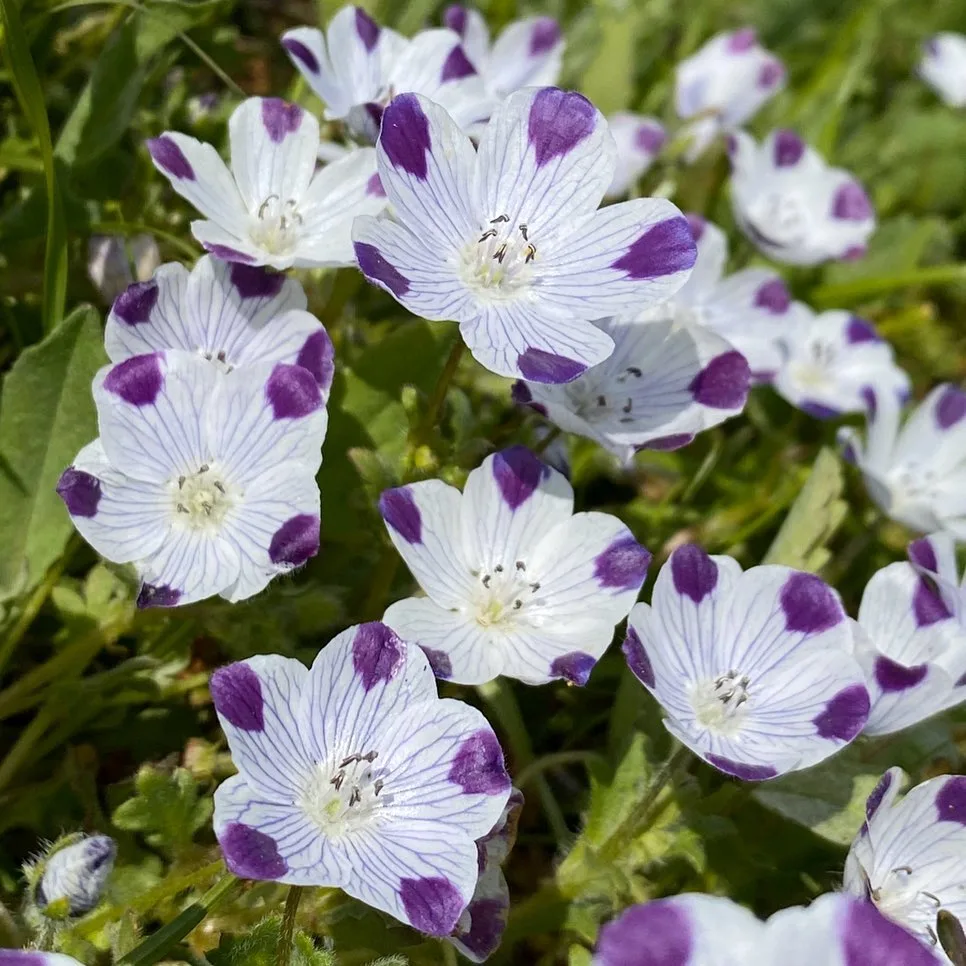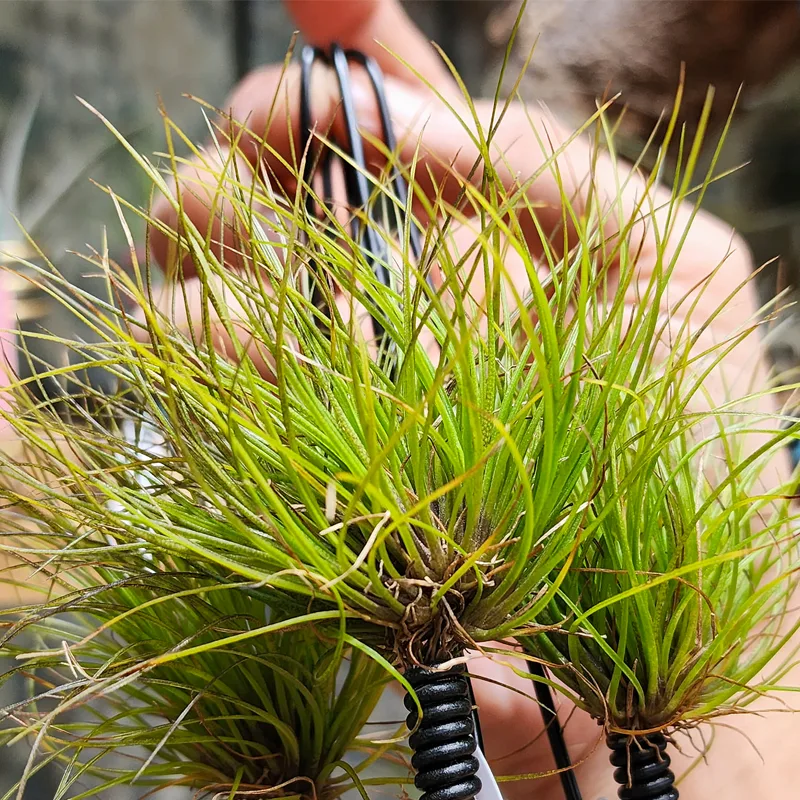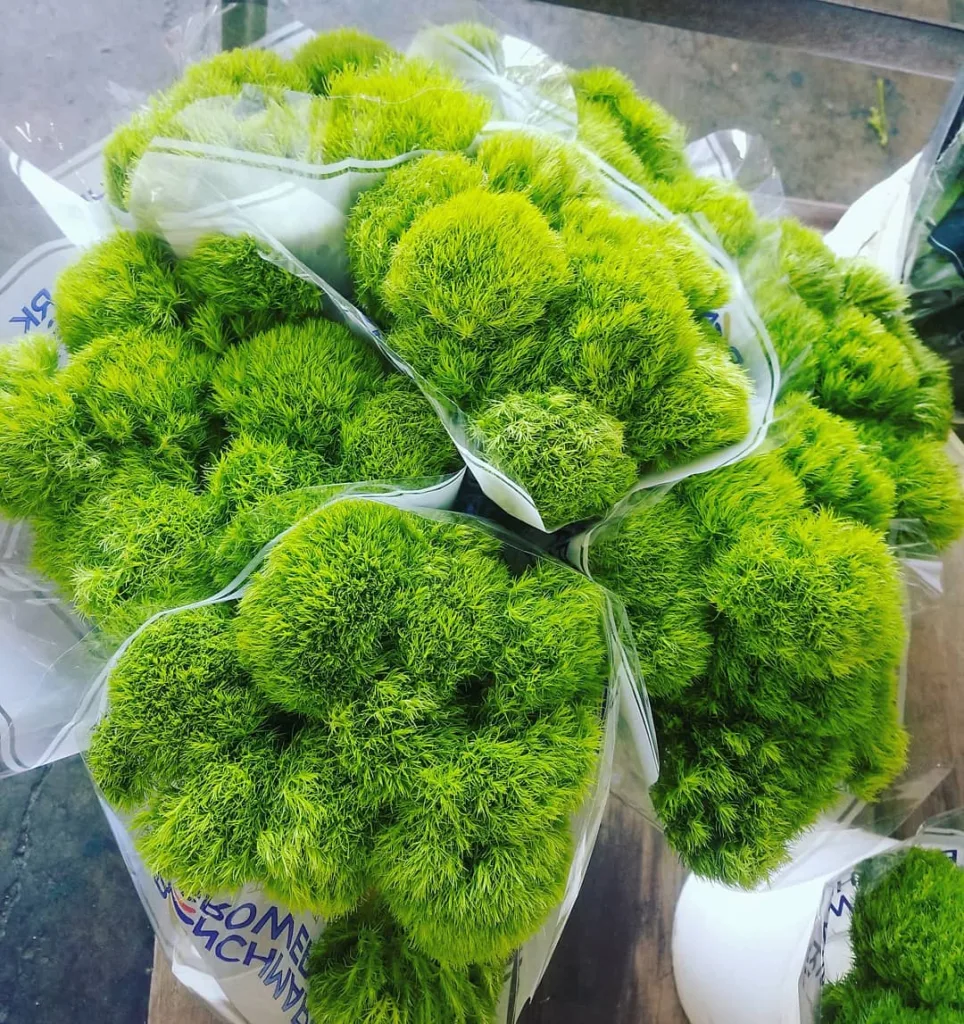
Frequently Asked Questions About Mycorrhizae
I’ve often found myself fascinated by the intricate relationships that plants form with the world around them. One of these incredible relationships is with Mycorrhizae. As a plant enthusiast, I’ve delved deep into understanding these intriguing organisms. Here’s a breakdown of some frequently asked questions about Mycorrhizae, which will hopefully clear up any confusion and highlight their importance in gardening and agriculture.
What is Mycorrhizae? Is Mycorrhizae a Fungus?
Mycorrhizae are a type of fungus that form symbiotic relationships with the roots of most plants. The word “Mycorrhizae” comes from the Greek words “mykes” (fungus) and “rhiza” (root), reflecting this partnership. These fungi live in and around plant roots, helping plants absorb nutrients and water more efficiently from the soil. In exchange, the plant provides the fungi with carbohydrates produced through photosynthesis. This mutualistic relationship has been around for millions of years and is crucial for the health of many ecosystems.
How to Pronounce Mycorrhizae?
The pronunciation of Mycorrhizae can be a bit tricky at first glance. It is pronounced as “my-kuh-RY-zay.” Breaking it down: “myco” (my-kuh) refers to fungi, and “rrhizae” (RY-zay) relates to roots.
What Does Mycorrhizae Do?
Mycorrhizae play a vital role in plant health by extending the root system’s reach, allowing plants to access water and nutrients that would otherwise be out of reach. They are particularly effective in absorbing phosphorus, a nutrient that is often limited in soil. Additionally, Mycorrhizae help improve soil structure, enhance plant resistance to diseases, and can even increase drought tolerance. For me, understanding what Mycorrhizae do has changed how I approach plant care, especially in challenging soil conditions.
How to Add Mycorrhizae to Soil Naturally?
If you’re looking to introduce Mycorrhizae into your garden or soil naturally, there are a few simple methods to do so:
- Use Mycorrhizal Inoculants: These are available in garden centers and come in powder or granular forms. You can sprinkle them directly onto the soil or mix them into potting soil before planting.
- Compost and Organic Matter: Adding compost or organic matter to your soil can encourage the growth of Mycorrhizae. Compost provides a rich environment for these fungi to thrive.
- Plant Mycorrhizae-Friendly Plants: Some plants naturally foster the growth of Mycorrhizae. These include grasses, legumes, and many native plants. Introducing these into your garden can help establish a Mycorrhizal network.
Are Mycorrhizae Parasitic?
No, Mycorrhizae are not parasitic. They are symbiotic, meaning they live in harmony with plants, providing benefits rather than harm. While parasitic fungi feed off the plant to the detriment of the host, Mycorrhizae provide essential nutrients and improve the plant’s ability to take up water, making this relationship mutually beneficial.
Does Mycorrhizae Expire?
Like any living organism, Mycorrhizal fungi can expire. Commercial Mycorrhizal products often have a shelf life, and their effectiveness can diminish over time, especially if stored improperly. It’s essential to check the expiration date and storage conditions recommended by the manufacturer to ensure the fungi remain viable.
Can Mycorrhizae Fix Nitrogen?
Mycorrhizae themselves do not fix nitrogen. However, they can work in conjunction with nitrogen-fixing bacteria, especially in legumes. The fungi can help these bacteria get closer to plant roots, where they can convert atmospheric nitrogen into a form that plants can use.
Mycorrhizae vs Mycelium
While Mycorrhizae and Mycelium are related, they are not the same. Mycelium refers to the vegetative part of a fungus, consisting of a network of fine white filaments (hyphae). Mycorrhizae, on the other hand, are specifically the fungi that form symbiotic relationships with plant roots. Think of Mycelium as the fungal equivalent of roots, while Mycorrhizae describe a particular lifestyle that Mycelium can participate in.
Mycorrhizae vs Mycorrhizal
The terms “Mycorrhizae” and “Mycorrhizal” often cause confusion. “Mycorrhizae” refers to the actual fungi involved in the relationship with plant roots, whereas “Mycorrhizal” is an adjective describing something related to or involving Mycorrhizae. For instance, a plant can have Mycorrhizal associations or be part of a Mycorrhizal network.
Benefits of Mycorrhizae
Understanding the benefits of Mycorrhizae has transformed how I approach gardening. These fungi improve nutrient uptake, especially phosphorus, enhance water absorption, and help plants resist soil-borne diseases. They also improve soil structure by binding soil particles together, creating a better environment for roots to grow. The presence of Mycorrhizae can lead to healthier, more robust plants, making them an invaluable addition to any garden.
Common Misconceptions About Mycorrhizae
One common misconception is that Mycorrhizae are only beneficial for specific plants or in certain soils. In reality, most plants can benefit from Mycorrhizal associations, and these fungi are effective in a wide range of soil types. Another misconception is that they are a quick fix for poor soil health. While Mycorrhizae can significantly improve plant health, they work best as part of a holistic approach to soil and plant care.
Conclusion
Mycorrhizae are a fascinating and essential component of plant health. Understanding their role and how to encourage their growth can lead to healthier plants and more productive gardens. Whether you’re a seasoned gardener or just starting, embracing Mycorrhizal relationships can be a game-changer. By integrating these fungi into our gardening practices, we not only improve our plants’ health but also contribute to a more balanced and resilient ecosystem.
If i die, water my plants!



